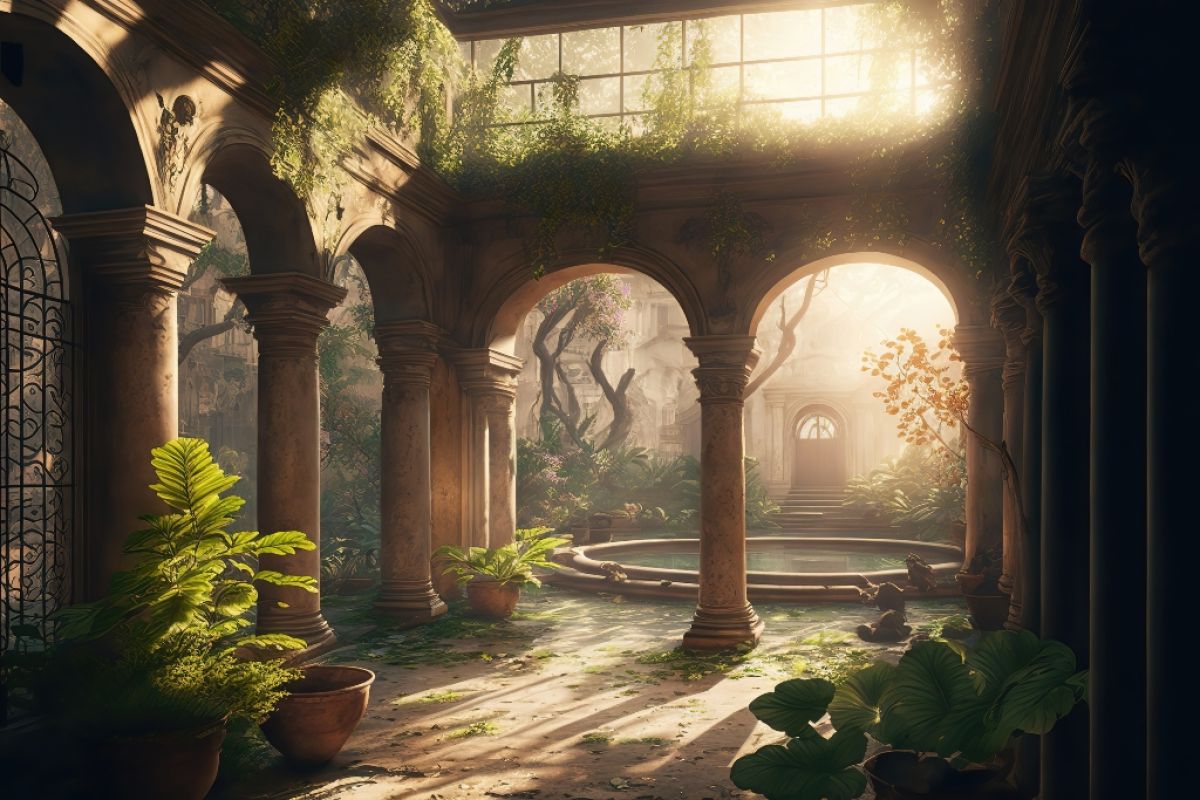Typically, there was a rectangular courtyard at the center of the house, and often, if there was space, covered walkways ran along all sides of it. Columns supported the roofs of the walkways, and they were designed so that rainwater ran off the roofs onto underground cisterns.
The interior courtyard gardens typically included an ornamental pool and statues. Stone benches were provided for outdoor sitting and dining. Many of the plantings included medicinal items, and there were also shrubs such as juniper, acanthus, and viburnum, and herbs such as lavender and rosemary. Vines, such as ivy and grape, adorned pergolas and trellises.
Archaeologists made plaster casts of many of the plants that were excavated from the volcanic ash, so we know with certainty that Roman gardeners appreciated flowers. They grew lots of roses, Madonna lilies, violets, daffodils, daisies, and poppies and seemed to favor plants with fragrant blooms. Statues of Venus and of children were often placed among the flowers.
This is Moya Andrews, and today we focused on gardens preserved.










